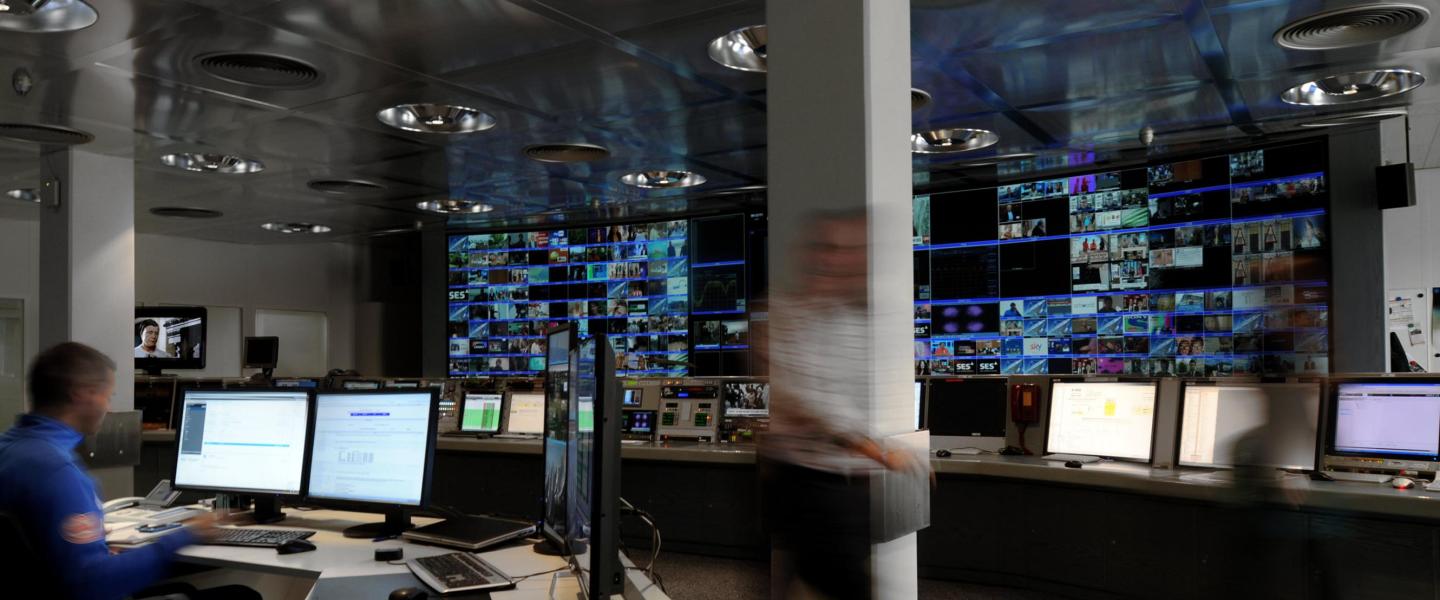In February, SES announced that its SES Platform Services (SPS) division would be acquiring Tel Aviv-based RR Media for about $242m ($13.29 a share), and the agreement is expected to close during the next few months.
Inside Satellite TV talked to SPS CEO Wilfried Urner on his plans for the future of the unified business.
“The merger of SPS and RR Media is very exciting for us - not just for SPS but for the SES group as a whole. For the past couple of years, SPS has been successful in providing digital media services to customers based in Europe. With our major customers around the world increasingly demanding more than just satellite capacity, it was a matter of time for us before we decided to scale up these capabilities on a global level as part of a wider strategy in video.”
Asked to explain how the two business would achieve synergies, Urner said that while both companies provided similar services, they operated in different geographies. “SPS has a strong foothold in Europe and has also started providing services across Africa and Asia. RR Media, on the other hand, is positioned as a global company and has over 1,000 media customers globally.”
“In addition to this synergy, SPS is used to working with premium customers and historically has started with big players such as Pro7 and Sky Deutschland. These clients and their viewers always expected a very high level of quality and service. For RR Media, it is a different world. While they serve hundreds of channels, some are owned by companies which are modest in size and therefore fair to say these companies have different demands and service expectations. And in the past few years, RR Media has been looking to develop basic tier into more premium clients - something that SPS firmly believes in,” added Urner.
“Once the deal is concluded we will become a truly global player with a global footprint. We will have more than 1,500 customers globally in total and be distributing more than 1,000 channels globally. We will be playing out more than 440 channels to more than 120 syndicated platforms and, of course, we are looking for more. So for us, everything is a matter of scale.”
Expansion is already on the cards for SPS, notably over some key African counties, and helped by SPS’ experience in developing what can best be described as a “White label” suite of products and options for emerging DTH operators - for both pay TV (including HD+ services) and free-to-view broadcasters. “All of these elements distil down to the huge amount of knowledge we have gained when we set up HD+. These past five years have taught us what to do and what not to do and enabled us to be efficient. We have taken all these elements and put them into a “media toolbox” that we can now sell to clients who can in turn add their own look and feel and offer it in any region of the world. Moreover, we can get a service up and running in about 100 days. This is our unique differentiator,” added Urner.
“At SPS, we have worked hard for many years to establish our business in West Africa where we have been bringing our expertise on digital migration in Europe, and trying to replicate a similar success in the region. We are now starting to reap what we sow. In Ghana, we hope to develop an SPS-type operation which also provides encryption services.”
“Overall, we are very excited about the prospect on expanding into West Africa as we believe we have a good proposition for the market. It’s also important that we get this right. We are building operations in this region that will enable us to provide services such as satellite and potentially hybrid solutions for our clients for the next 15 years.”
SPS’ agenda, once the purchase of RR Media closes, focuses on three key ‘pillars’;
- “The first pillar will be supported by the newly-merged company that will be providing business-to-business platform and playout services.
- The second pillar is HD+, a business-to-business-to-consumer activity, as you know, which we are certainly looking to further expand. We have gained an excellent knowledge and understanding of how HD+ works and operates that can benefit broadcasters and consumers. We are assuming we will have more interest in HD+ and in the ‘white label’ options for similar services with other clients.
- The third pillar is our media solutions centre and this consolidates all various innovations, new platforms, new projects, and new technologies worldwide that we are developing. This division focuses on evolving video trends and how new technology and products are arising from them, and how SES can in turn be part of the eco-system.”
The above article is an extract of an interview first published on Inside TV Satellite by Chris Forrester http://www.insidesatellite.com/
